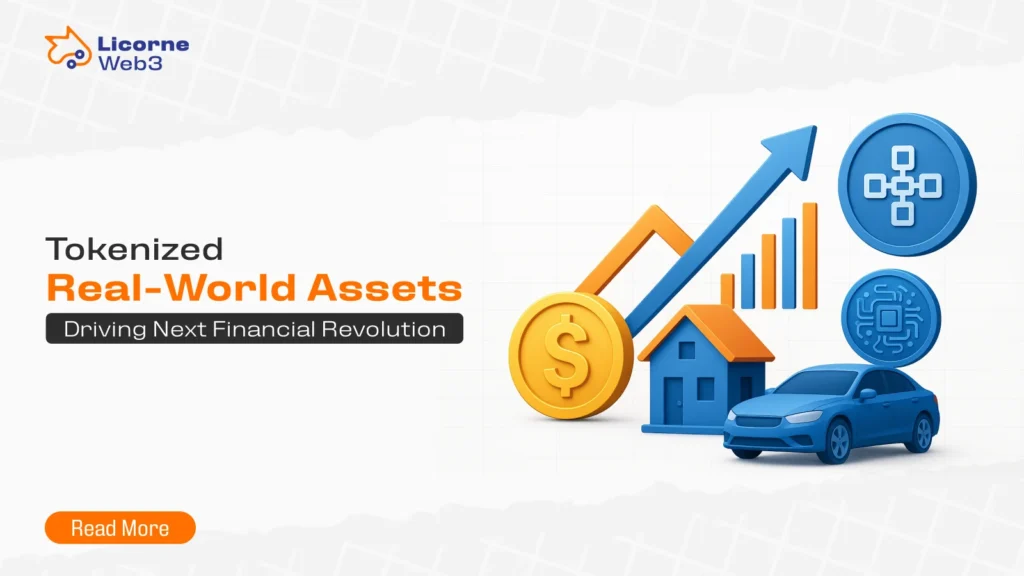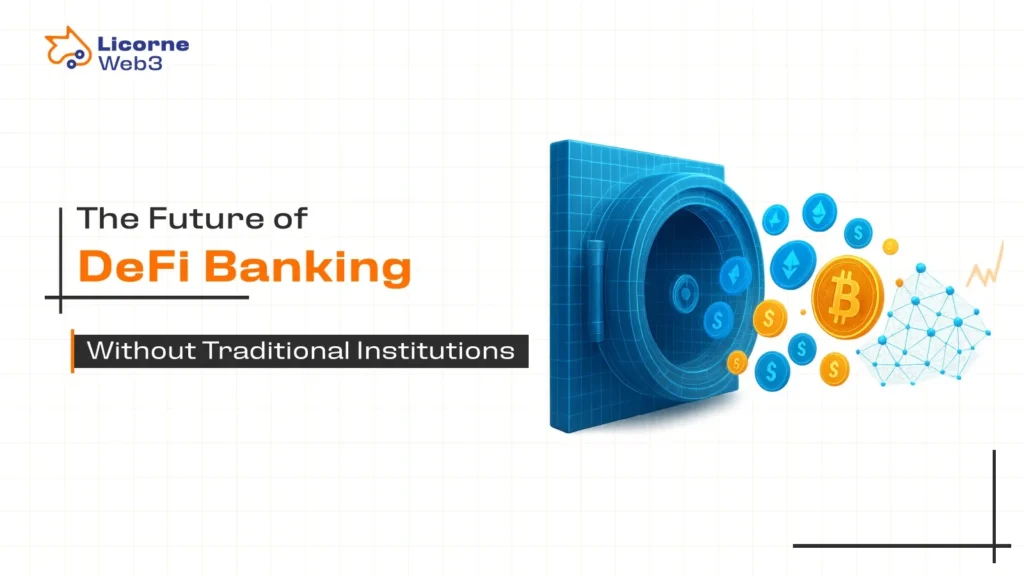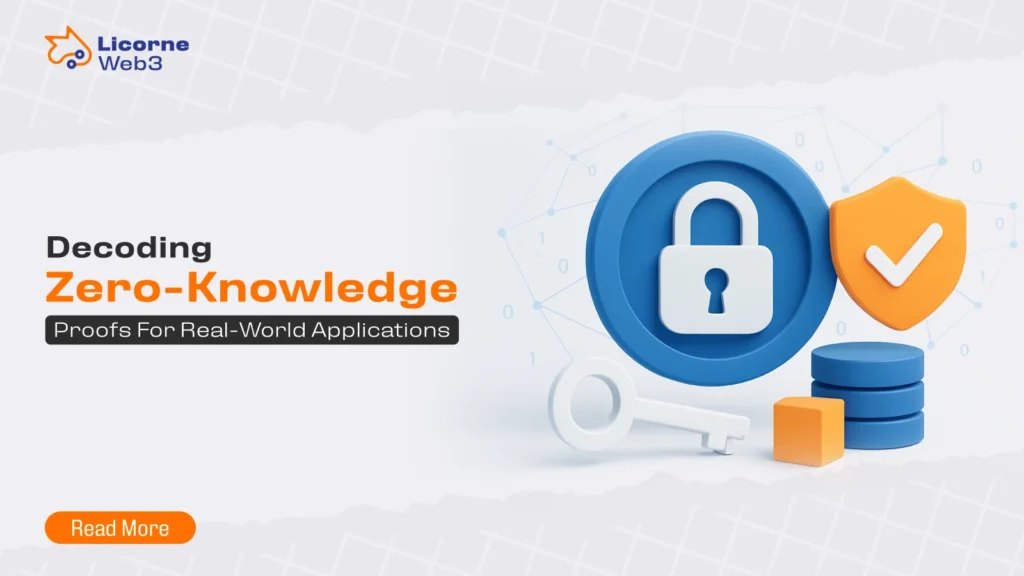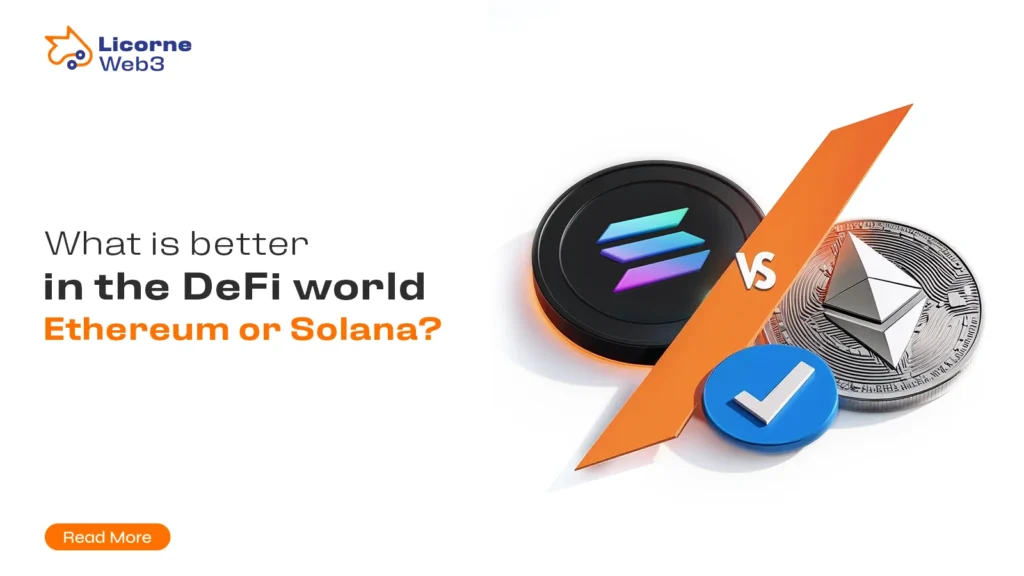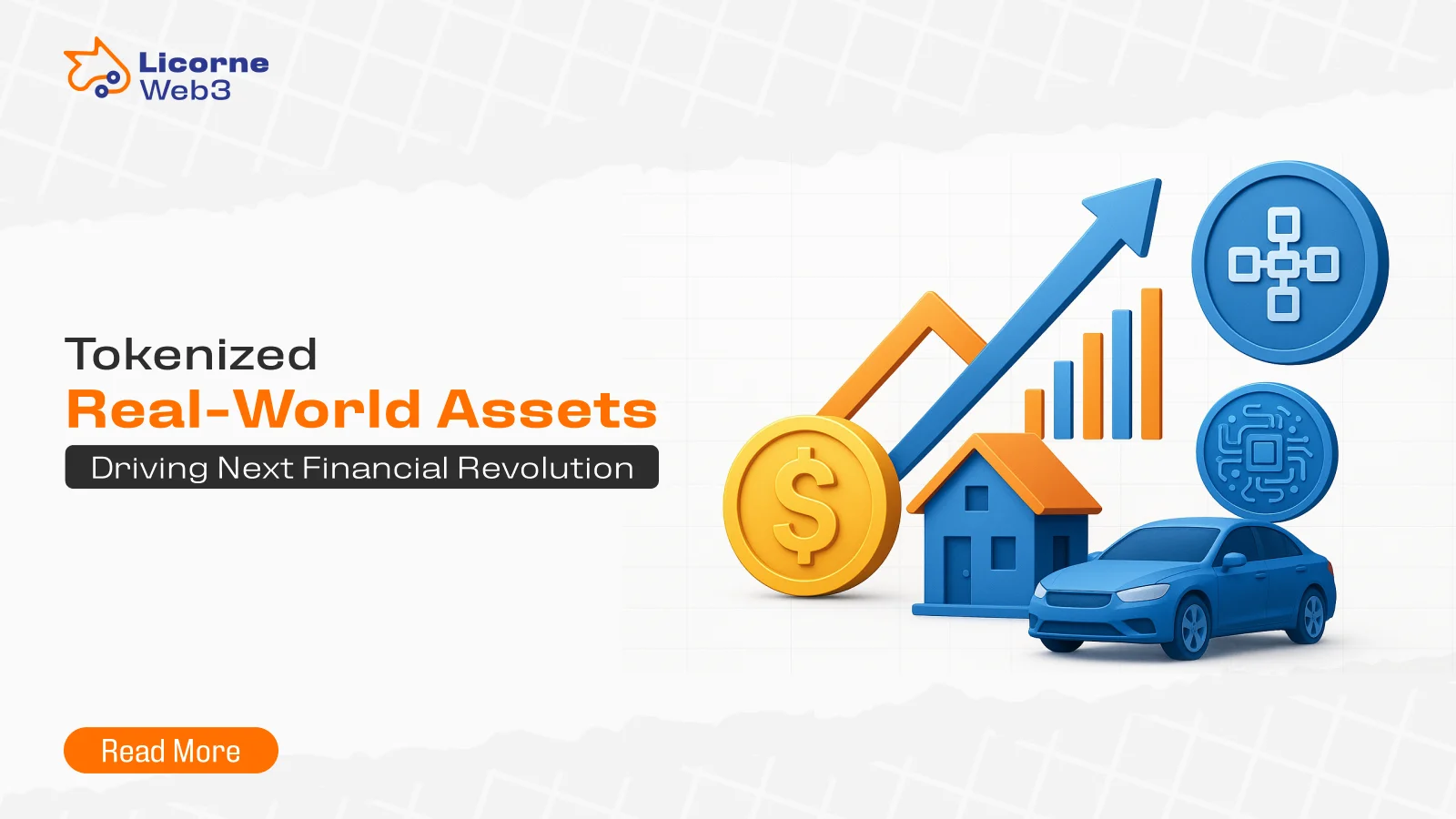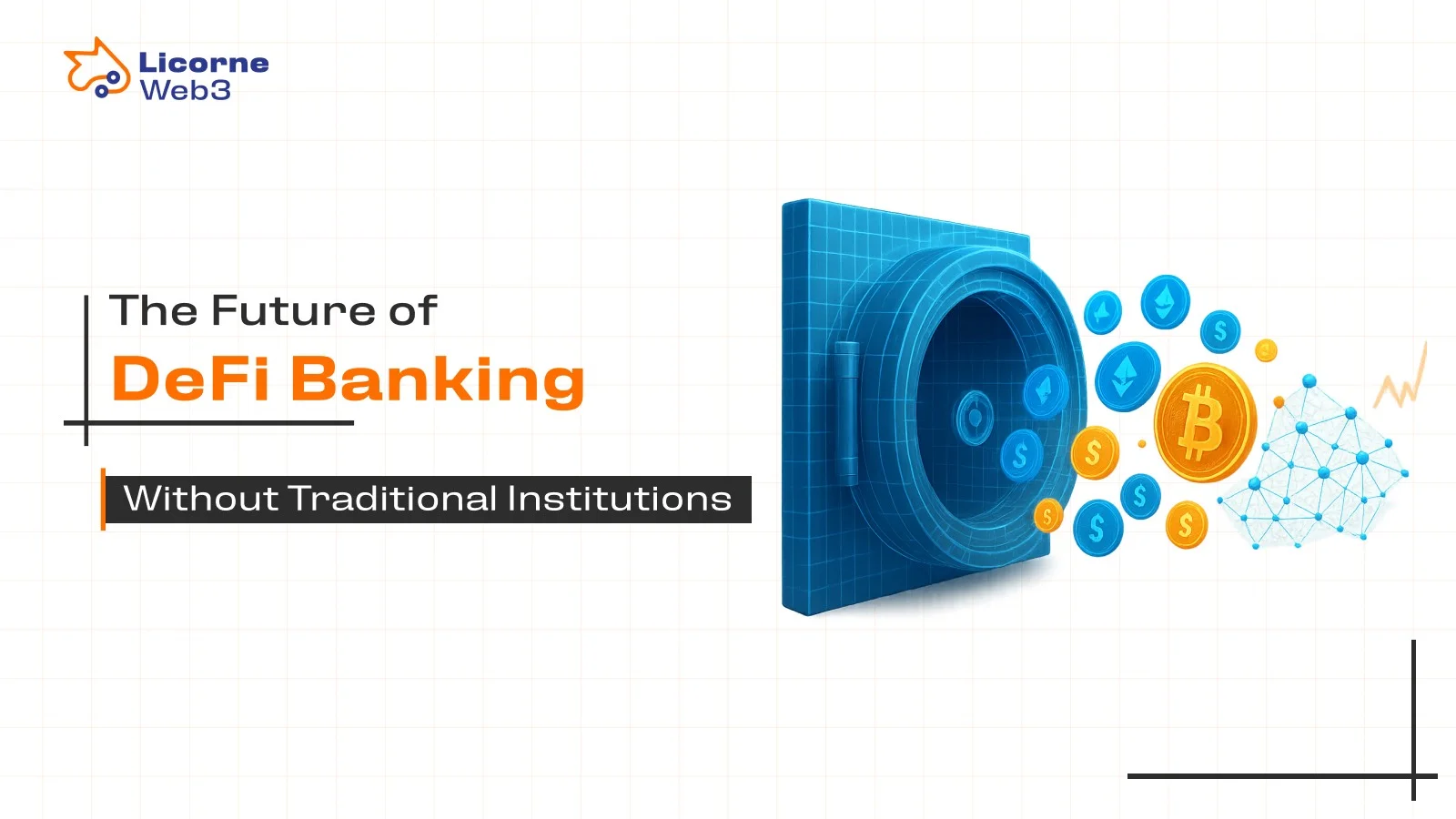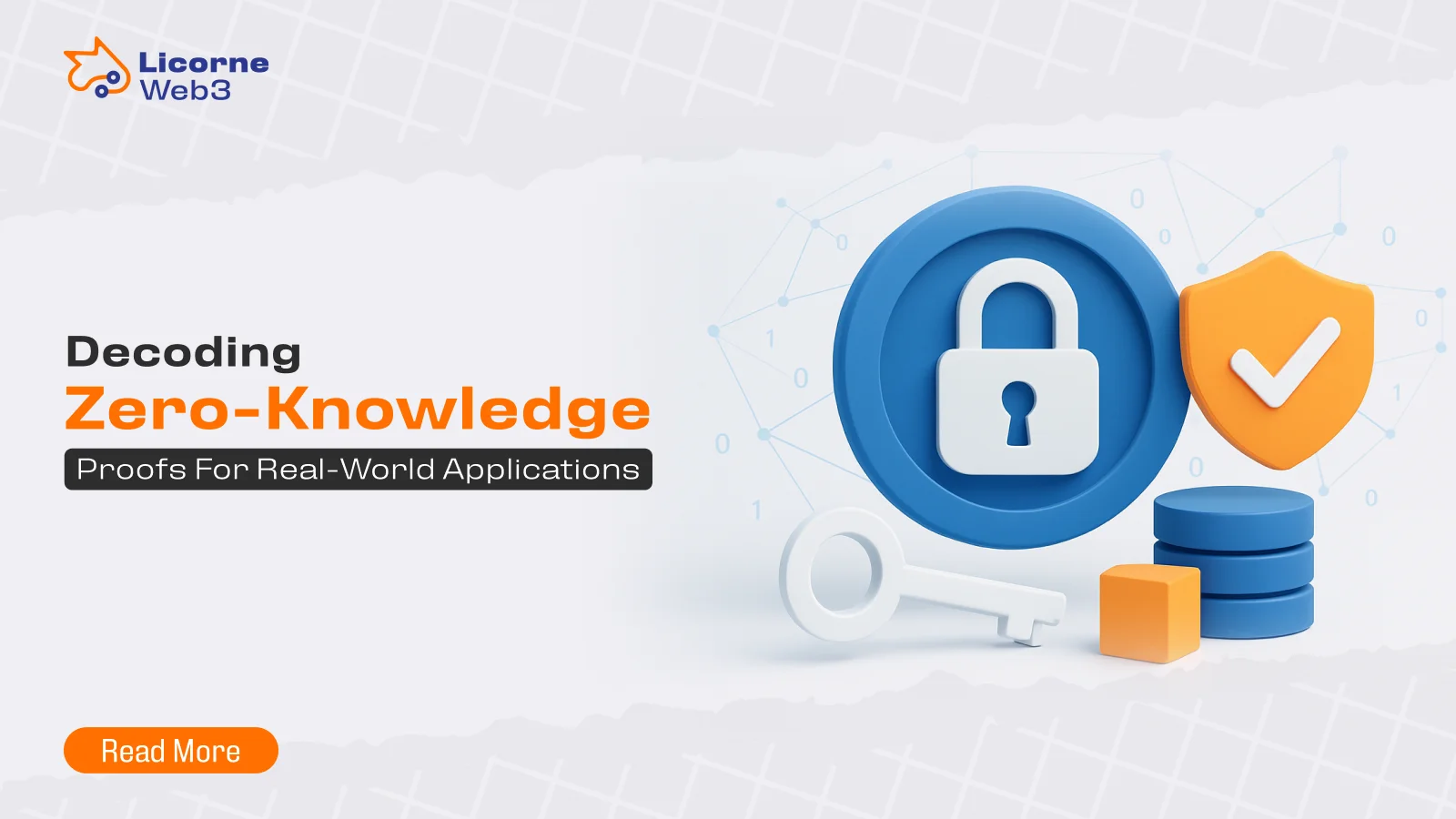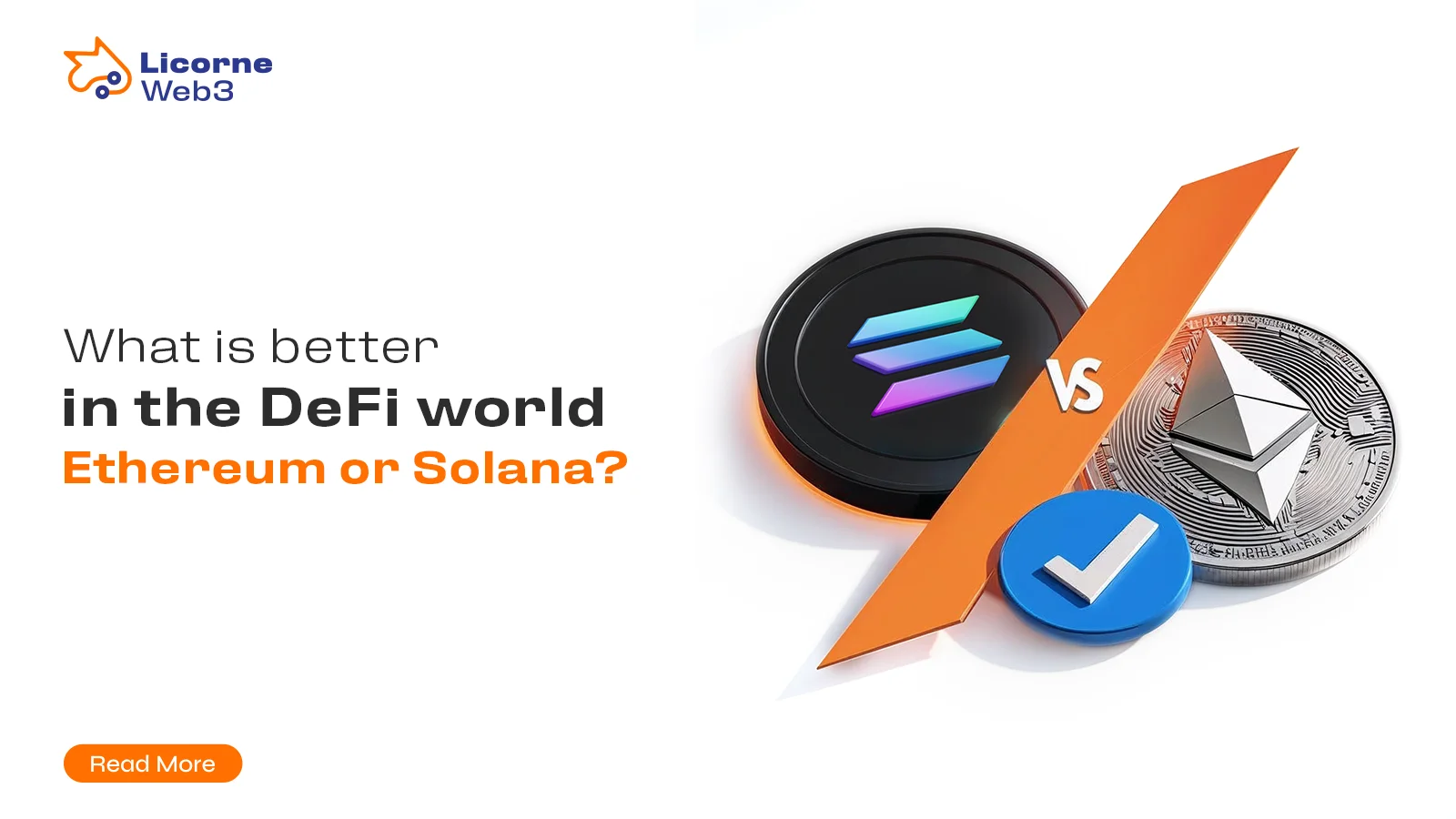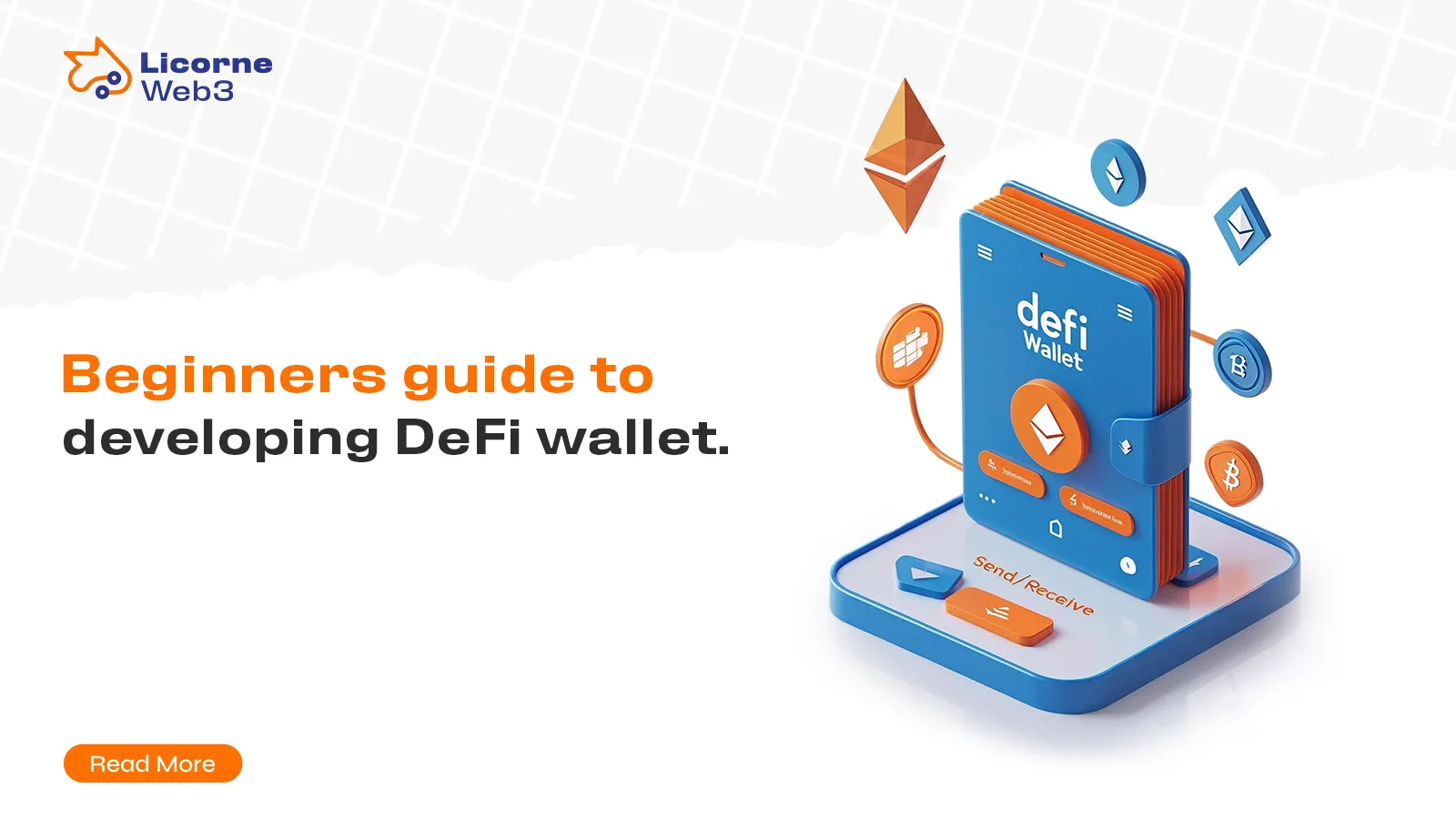In the rapidly evolving crypto market, three titans consistently lead the conversation: Bitcoin (BTC), Ethereum (ETH), and Solana (SOL). While all three operate on blockchain technology, their core philosophies, technical architectures, and user experiences vary dramatically. This guide unpacks how each platform differs in its purpose and use case, from digital gold to smart contract ecosystems and high-speed transactional chains. We’ll explore underlying technology and consensus mechanisms such as proof of stake, mechanical verification, and innovations designed to boost transaction throughput and transaction per second metrics.
With the rise of Web3 apps, decentralized finance (DeFi) platforms, and even artificial intelligence integrations, understanding these blockchain networks is essential for anyone looking to engage with crypto in a meaningful way. Whether you’re tracking market cap fluctuations, deploying smart contracts, or considering the scalability of a network, this breakdown will equip you with insights to navigate the digital financial landscape more strategically.
1. Purpose & Use Case
In the competitive landscape of the crypto market, three major blockchains, Bitcoin (BTC), Ethereum (ETH), and Solana (SOL), offer distinct roles in shaping user interaction, innovation, and financial ecosystems. Each platform presents unique strengths and trade-offs in terms of speed, scalability, and user experience, as well as growing relevance in emerging sectors like artificial intelligence and decentralized finance.
Bitcoin (BTC) – Digital Gold
- Primary Function: Bitcoin acts as a decentralized store of value and peer-to-peer digital currency. It’s designed for security and resistance to censorship, relying on the proof-of-work consensus mechanism.
- Best For: Long-term investing, preserving wealth, hedging against inflation, and processing censorship-resistant transactions.
- Limitations: Bitcoin’s transaction throughput is limited, handling only a few transactions per second, making it unsuitable for real-time dApps or DeFi platforms. It doesn’t support smart contracts, and its architecture is less flexible for automation or integration with tools like mechanical ventilation sensors in IoT-based healthcare systems.
- Market Cap: As the first cryptocurrency, Bitcoin maintains the largest market cap, solidifying its position as the gold standard of digital assets.
Ethereum (ETH) – The World Computer
- Primary Function: Ethereum functions as a robust smart contract and decentralized application (dApp) platform. It’s the backbone of many DeFi protocols, tokenized assets, and Web3 apps.
- Best For: Developers building dApps, deploying smart contracts, and launching NFT projects or artificial intelligence modules that leverage secure programmable logic.
- Limitations: Ethereum suffers from high transaction fees during congestion and limited transactions per second, though this is being addressed through Ethereum 2.0 upgrades and Layer 2 scaling.
- User Experience: While rich in functionality, users may face delays and fees unless connected through optimized networks like Polygon.
- Market Cap: Ethereum commands the second-largest market cap, indicating its dominance in utility and innovation.
Solana (SOL) – High-Speed Blockchain
- Primary Function: Solana prioritizes scalability and speed, offering high transaction throughput, often exceeding 2,000–3,000 transactions per second under ideal conditions.
- Best For: Low-fee, high-speed DeFi apps, NFT marketplaces, and applications requiring rapid data execution like gaming and machine learning platforms.
- Limitations: Solana is less decentralized, with a smaller validator network, and has experienced network outages, which impact reliability. Its integration into medical tech systems like mechanical ventilation remains experimental.
- User Experience: Solana’s fast processing and low fees provide a smooth user journey, making it popular among retail users and developers.
- Market Cap: While smaller than BTC and ETH, Solana has gained significant traction thanks to its performance and developer-friendly ecosystem.
2. Technology & Consensus Mechanism
| Blockchain | Consensus Mechanism | Key Innovation |
| Bitcoin | Proof of Work (PoW) | First blockchain, secure but energy-intensive. |
| Ethereum | Proof of Stake (PoS)
(since Merge) |
Smart contracts, EVM compatibility. |
| Solana | Proof of History (PoH) + PoS | Parallel processing (Sealevel) for high throughput. |
- Bitcoin: Relies on miners solving complex puzzles (PoW), making it highly secure but slow (~7 TPS).
- Ethereum: Switched to PoS to reduce energy use and improve scalability (~30 TPS, up to 100,000 with Layer 2).
- Solana: Uses Proof of History (PoH) to timestamp transactions, achieving 3,000+ TPS with low fees.
3. Transaction Speed & Fees
| Blockchain | Avg. TPS | Avg. Transaction Fee | Confirmation Time |
| Bitcoin | ~7 | $1 – $50 (varies heavily) | 10 min – 1 hour |
| Ethereum | ~30 | $1 – $50 (high during congestion) | 15 sec – 5 min |
| Solana | 3,000+ | $0.001 – $0.01 | ~400 ms |
- Winner for Speed & Cost: Solana (best for microtransactions & high-frequency trading).
- Ethereum is improving with Layer 2 solutions (Arbitrum, Optimism).
- Bitcoin is the slowest but most secure for large-value transfers.
4. Smart Contracts & DeFi Capabilities
| Feature | Bitcoin | Ethereum | Solana |
| Smart Contracts | Limited (basic scripts) | Yes (Turing-complete) | Yes (Rust-based) |
| DeFi Ecosystem | Minimal | Largest (Uniswap, Aave) | Fast-growing (Raydium, Orca) |
| NFT Support | Rare (Ordinals) | Dominant (OpenSea) | Popular (Magic Eden) |
- Ethereum is the leader in DeFi & NFTs but suffers from high fees.
- Solana offers cheaper and faster alternatives but is less battle-tested.
- Bitcoin is mostly used for payments & storage, not DeFi.
5. Security & Decentralization
| Blockchain | Nodes | Security Model | Downtime Risk |
| Bitcoin | ~50,000+ | Most decentralized & secure | Almost zero |
| Ethereum | ~10,000+ | Highly secure, but some centralization in staking | Rare |
| Solana | ~2,000+ | Faster but less decentralized; past outages | Occasional halts |
- Bitcoin is the most decentralized (no single point of failure).
- Ethereum is secure but relies on staking pools (Lido, Coinbase).
- Solana sacrifices some decentralization for speed (criticized for downtime).
Conclusion: Which One Should You Use?
| Use Case | Best Choice |
| Store of Value / Digital Gold | Bitcoin |
| Smart Contracts & DeFi | Ethereum |
| Fast & Cheap Transactions | Solana |
Final Verdict:
In conclusion, while Bitcoin, Ethereum, and Solana are all foundational pillars of the blockchain space, they are far from interchangeable. Each network fulfills a distinct role within the broader crypto market: Bitcoin stands as the embodiment of security and decentralization, offering a stable store of value and peer-to-peer transaction layer. Ethereum, with its robust ecosystem of smart contracts, fuels the growth of decentralized finance (DeFi) and programmable digital assets.
Meanwhile, Solana leads with high-speed performance and low transaction fees, making it ideal for scalable applications, gaming, and real-time DeFi solutions. Understanding their individual strengths empowers users and developers to engage more strategically with each blockchain’s capabilities and innovations.
Author
-

Blockchain Writer & Web3 Expert
View all posts
Areej Maqbool is a Blockchain writer and thought leader with over 5 years of experience in crafting compelling narratives and insights on blockchain and Web3 innovation. Her expertise spans the intersection of technology, business, and society, with a focus on decentralized applications, smart contracts, and blockchain adoption.
Key Expertise:
- Blockchain and Web3 storytelling
- Technical writing for blockchain and Web3 projects
- Thought leadership and opinion editorials
- Research and analysis on blockchain and Web3 trends



